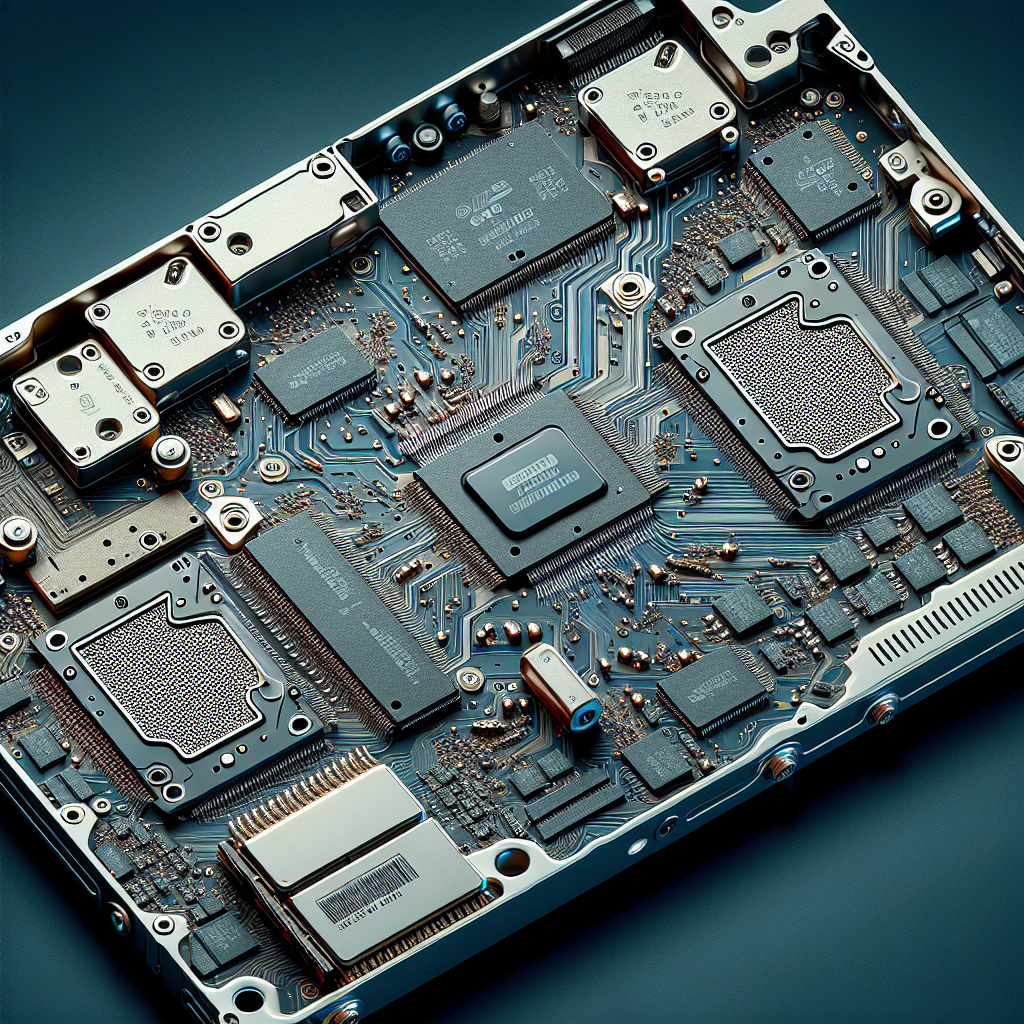Understanding the Technology Behind Solid-State Drives
Solid-state drives (SSDs) have revolutionized the way we store and access data on our computers. These storage devices are becoming increasingly popular due to their faster performance, increased reliability, and lower power consumption compared to traditional hard disk drives (HDDs). But what exactly makes SSDs different from HDDs, and how do they work? In this article, we will delve into the technology behind solid-state drives to help you understand how they function and why they are a superior storage solution.
At the core of an SSD is a type of non-volatile memory called NAND flash memory. This memory is made up of billions of cells, each capable of storing a certain amount of data. Unlike volatile memory (such as RAM) which loses its data when the power is turned off, NAND flash memory retains data even when the power is off, making it ideal for long-term storage.
One of the key differences between SSDs and HDDs lies in how data is stored and accessed. In an HDD, data is stored on spinning magnetic disks, with a read/write head moving back and forth to access the data. This mechanical process leads to slower read and write speeds, as well as a higher risk of mechanical failure.
In contrast, SSDs have no moving parts. Instead, data is stored in NAND flash memory cells, which can be accessed almost instantly. This results in much faster read and write speeds, making SSDs ideal for tasks that require quick access to data, such as gaming, video editing, and booting up your computer.
Another advantage of SSDs is their increased reliability. Since there are no moving parts, there is less risk of mechanical failure, such as a head crash in an HDD. This means that SSDs are less likely to fail due to physical damage, resulting in a longer lifespan for your storage device.
Additionally, SSDs consume less power than HDDs, making them more energy-efficient. This not only helps to reduce your electricity bill but also extends the battery life of laptops and other portable devices.
Overall, the technology behind solid-state drives offers a number of advantages over traditional hard disk drives, including faster performance, increased reliability, and lower power consumption. As SSDs continue to become more affordable, they are becoming the storage solution of choice for many consumers and businesses alike. Understanding how SSDs work can help you make an informed decision when it comes to upgrading your storage devices and experiencing the benefits of this cutting-edge technology.


